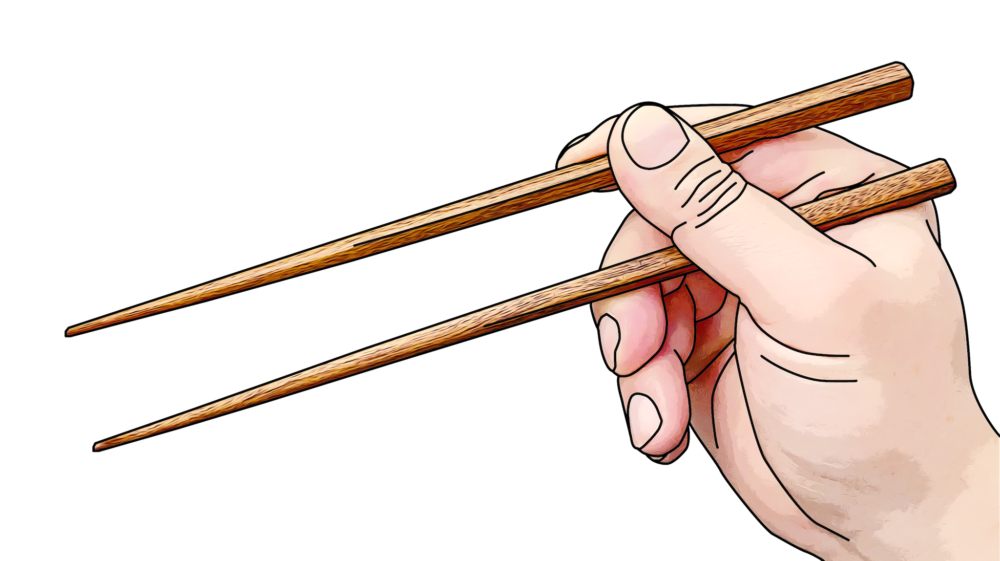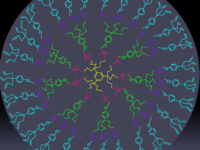You have just gotten back from a long day of work to eat dinner. You pick up your fork, take a generous scoop of food, and are instantly disappointed. Where is the flavor? Where is the satisfying reward of a savory meal? Luckily, the saltshaker on your table is an easy fix. However, this common flavor enhancer could cause health problems for millions around the globe.
Researchers from Meiji University in Japan may have a solution that does not result in disappointing dinners. According to a News Atlas article, these researchers have developed a pair of chopsticks that use electrical stimulation to enhance a food’s flavor. Therefore, the public can reap all the health benefits of maintaining a low-sodium diet but can enjoy the saltiness they so desire.
The excess intake of sodium is a huge health concern, especially in the United States. According to the CDC, a high-sodium diet can raise blood pressure, increasing risk of heart disease and stroke. This immediately raises some red flags in most Americans. We often hear about how heart disease is a rising crisis and how fatty diets are to blame. According to the FDA, the average American eats 3,400 milligrams of salt per day. This number means nothing to most people until you compare it to the recommended 2,300 mg per day. That is 1,100 mg over average! Many people are surpassing this excess of 1,100 mg, creating a serious risk of heart disease. Reduction of this risk is what makes these electric chopsticks so promising.
“In a world of ever-improving technology, we get to watch something as simple as electrical currents entangle with public health.”
The chopsticks connect to a small computer worn on the wrist, similar to a watch. The battery sends an exceedingly small -0.5 ampere electric current through the sticks to prepare the food. Table salt, or sodium chloride, exists dissolved in most foods. The current breaks up the molecule into two ions, a positively charged sodium ion and a negatively charged chloride ion. It also stirs the food around, drawing up any sodium ions. The positive sodium ion is majorly responsible for the taste we perceive as salty.
While the exact science of the chopsticks has not been fully explained by the researchers, News Atlas suggests that the electrical current pulls all these positively charged sodium ions to the surface of your food. Instead of the sodium ions present in your low salt dinner completely missing your tongue, they are now all concentrated in one spot, making them much more likely to reach your taste buds. According to The Asahi Shimbun, one of Japan’s largest newspapers, the team has expanded their electric cutlery to include straws, forks, and spoons. Also, when adjusting the direction and layout of electrodes, they were able to change certain foods’ acidity and bitterness.
On Sept. 14, 2023, the chopsticks won the Meiji University researchers an Ig Nobel Prize. The parody award famously goes to research that at first seems laughable, but then makes people think. While electric chopsticks may seem like clickbait, they could potentially change the lives of billions worldwide. In a world of ever-improving technology, we get to watch something as simple as electrical currents entangle with public health.




